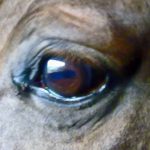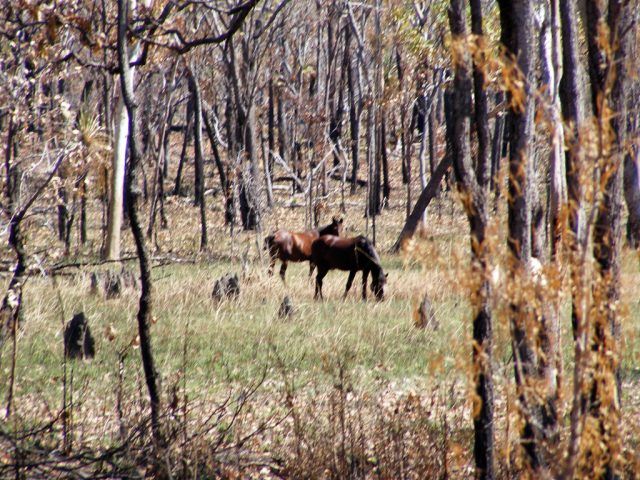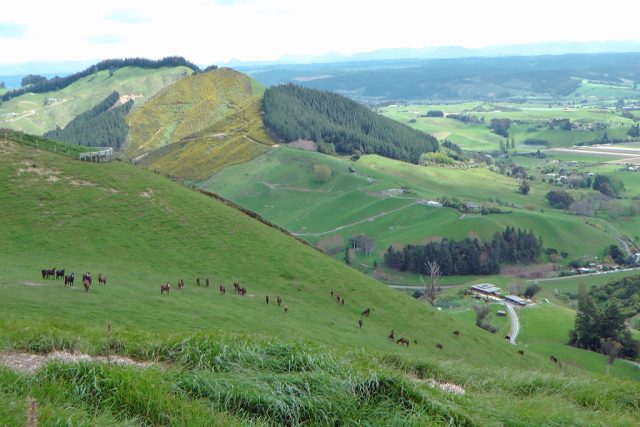 From the day on which she entered my life, Pip has impressed upon me the need to find holistic solutions for her requirements, much as our other horses have also done. Addressing her lopsided forequarters reflected in unbalanced shoulders and uneven feet has required a combination of ongoing movement in a herd, appropriate hoof trimming, straightness training and bodywork.
From the day on which she entered my life, Pip has impressed upon me the need to find holistic solutions for her requirements, much as our other horses have also done. Addressing her lopsided forequarters reflected in unbalanced shoulders and uneven feet has required a combination of ongoing movement in a herd, appropriate hoof trimming, straightness training and bodywork.
Similarly, the treatment of her blown tendon demanded a combination of confinement, technologically facilitated monitoring, red-light treatment, bodywork and regulated activities. In these and all other cases, there was no single silver bullet.
(Taken from “Lessons Taught Me by My Horse” in the book, When Horses Speak and Humans Listen. For more information see http://www.horsesandhumans.com/mainsite/whsahl.htm.)
Barefoot, is it a solution?
It can be but NOT on its own! Keeping a horse barefoot is a prime example of the need for a holistic approach. I am not a believer in barefoot under any circumstances, because ultimately whether a horse should be kept barefoot or not is not a question of faith but of the horse’s health and well-being, and not just any horse but the horse in question, that is the one in respect of whom a decision is to be made as to whether they should be kept barefoot or not.
Barefoot can only be part of a solution which involves a holistic approach which, at the very least, includes movement and nutrition. In the wild horses move anything from 15 to 35 kilometres a day while foraging and attending to their other needs. Their digestive system is designed to process small amounts of nutrition at frequent intervals throughout the day and night.
In addition, movement is absolutely essential to circulate the blood which carries the nutrients from the digestive system to the cells in the various parts of the horse’s body and removes waste to be expelled. This is particularly important in the case of the feet, because there are no muscles in the lower legs to pump the blood back up from the hooves once gravity has drawn it down into them. Here the horse relies on the expansion (when the hoof makes contact with the ground) and contraction (when the hoof is raised) of the hoof to pump the blood back up. It is a very simple equation: the more movement, the more frequently the hooves pump blood through the lower legs and bring nutrition to them while removing waste. In addition, more frequent contact with the ground thickens the soles and strengthens the hooves. Put another way, the better the circulation and nutrition, the healthier the horse, including their hooves, and the healthier the hooves the more movement the horse is capable of, and so we achieve a spiral of health thanks to nature’s holistic way.





I have seen some horrendous results from barefoot trimming, even from the most well known barefoot farrier here. The horses could barely walk on anything but a soft mat, and people were riding them on rough ground; they could hardly walk.
At least use boots for a while. There are some really good ones out there.
Hi Anne-Marie
Like farriers, there are some barefoot trimmers who are good and some who are not.
My rule of thumb is that no horse should be in pain after a trim and if you need to use shoes (not the metal studs euphamistically called “horseshoes” but what some people refer to as “boots”), do not hesitate to do so. The latter is particularly true where horses are kept on soft ground but exercised on a hard and/or rough surface. And you are right. There are some really good ones available.
We are fortunate to have good equine podiatrists for both our mares in Spain and our geldings in Australia. Our Australian trimmer, Tony, played a major role in helping Vicki nurse our big boy, Gulliver, back from death’s door. We are very grateful to him.
Be well!
Andrew